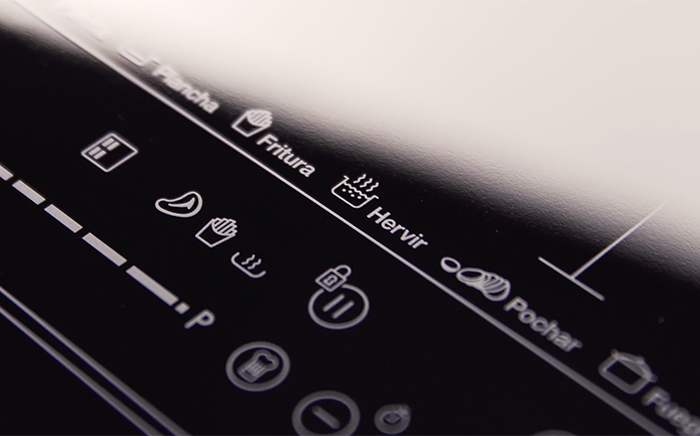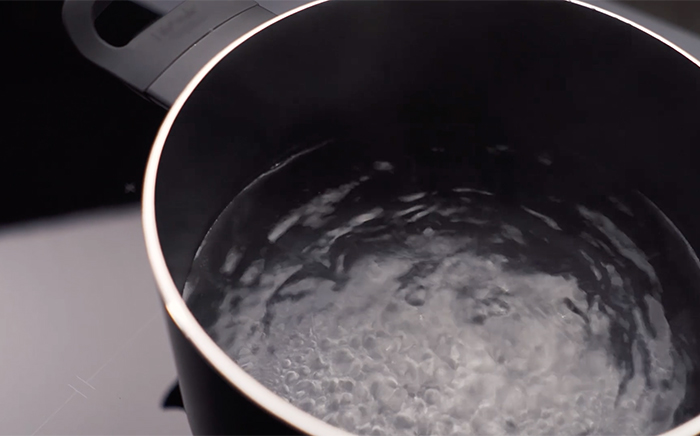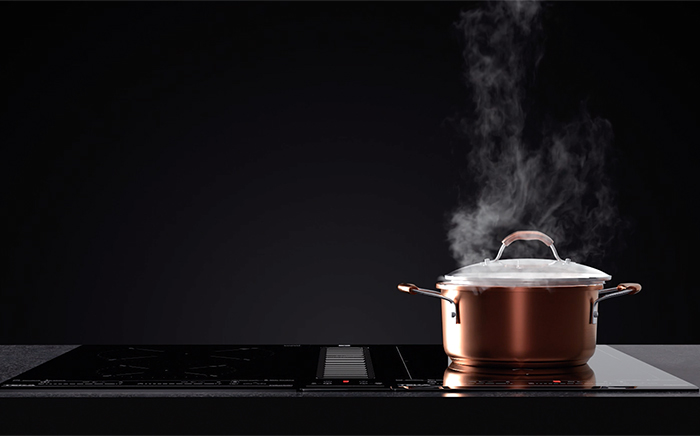Boiling is one of the most simple cooking methods, but even in this case, there is know-how. Cooking food means turning it into something different from its origin, and the main source of change is heating. When we bring something to a boil, we plunge food into boiling water (or broth). And here comes the trick, because there are two different ways to do it, and we will reach success if you choose wisely:
Methods of boiling food

Cooking food beginning with cold water and bring it to a boil over low heat until tender or until the food releases juices. This is usually the method for broth, stocks, and fish that need slow cooking. You can also do it to cook peeled potatoes when you want to make your stews thicker because the process will release the potato starch.
Boiling food when water is hot. For this method, you will plunge food into the water when it has already reach the boiling point and wait until the food is thoroughly cooked. Cooking time begins from the precise moment food is boiling. This is often used for boiled eggs, vegetables, some fish, seafood or chickpeas, among others.
Boiling time control

We know the theory and now, grab a timer because we need to control cooking time. Because boiling food without any time control is a huge mistake: food can lose all the nutrients and ruin your recipe.
– Vegetables better al dente and with bright colours. You reach this by boiling them for a few minutes and then stopping the cooking process by plunging the vegetables into cold water (blanching).
– Fish, depending on size and weight. Fish is ready and juicy in 10-20 minutes.
– It happens right the opposite with meat: if we cook meat over low heat, it will be tenderer. Just sit for a few hours until done.
– Pulses also love low heat, at least 45 minutes.
– Pasta, the easiest: just follow the packet instructions.
